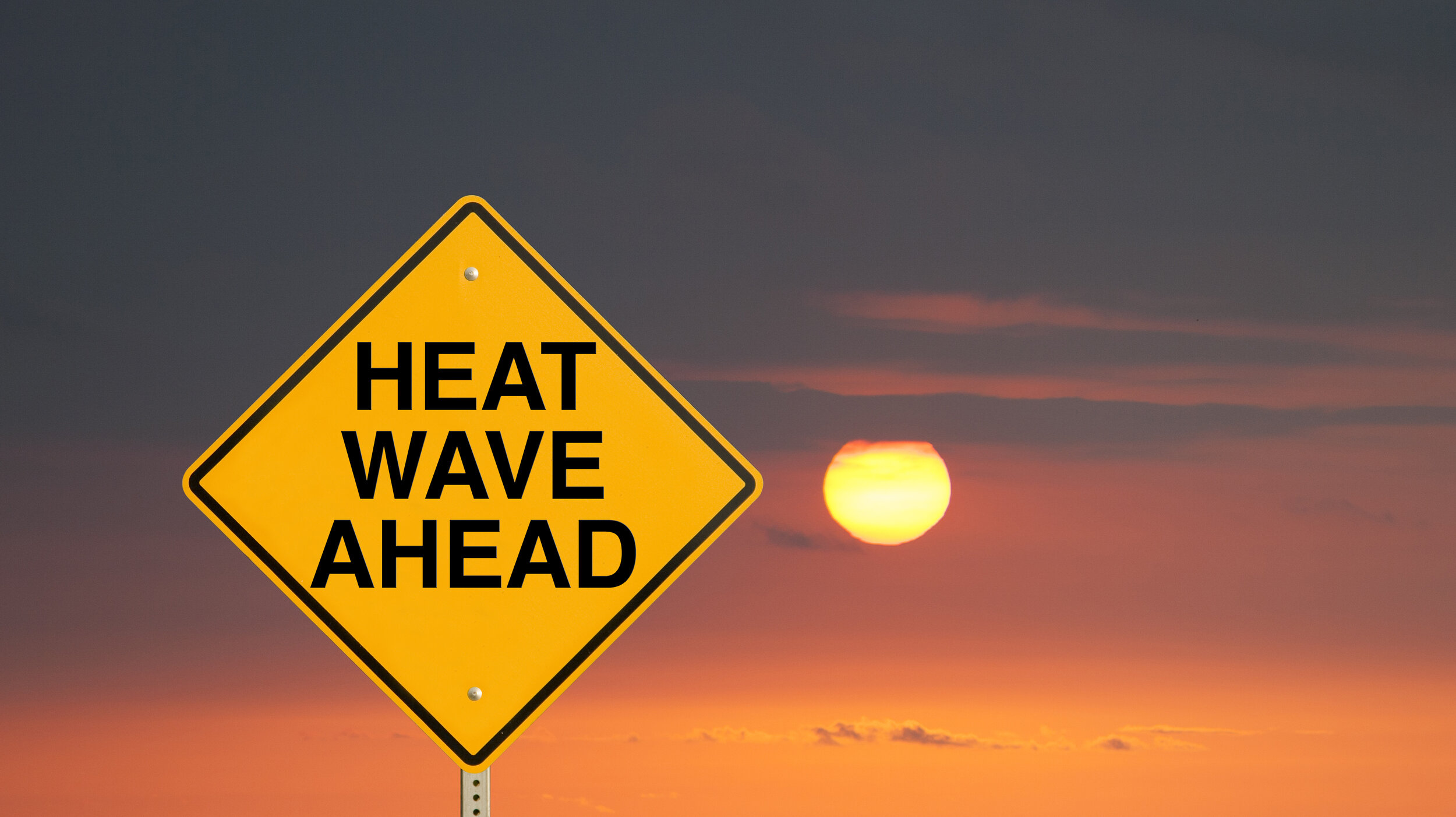
Heatwaves
When the Air Becomes Dangerous
Heatwaves are prolonged periods of unusually hot weather. They are becoming more frequent, longer, and more intense, turning everyday life into a health risk and straining power and water systems.
Why Common
Every region experiences heat; climate change shifts the odds and raises the ceiling.
Who Is at Risk
Elderly people, outdoor workers, children, and those without access to cooling.
Why It Matters
Heat is the deadliest weather hazard in many countries and amplifies other risks.
Causes
Climate Warming
More greenhouse gases mean higher baseline temperatures and more extremes.
Atmospheric Patterns
Blocking highs trap heat and suppress clouds and wind.
Urban Effects
Concrete and asphalt store heat; nights stay hot.
Compounding Factors
Drought and dry soils reduce evaporative cooling and intensify heat.
Impacts
Health
Heat exhaustion and stroke; dehydration; medication interactions; sleep loss.
Power & Water
Peak demand surges; thermal plants and grids operate less efficiently; reservoirs drop.
Work & Learning
Outdoor labor and classrooms become unsafe without cooling and shade.
Air Quality
Heat accelerates ozone formation; wildfire smoke events often co-occur.
Solutions
Early Warning
Named heat events, alerts, and neighborhood check-ins.
Cooling Access
Cooling centers, night shelters, hydration points, utility shut-off protections.
Cooler Built Environment
Shade trees, cool roofs, reflective or permeable pavements, shaded bus stops.
Standards & Plans
Heat action plans, building codes for ventilation and insulation, urban canopy targets.
Take Action
Hydrate; avoid midday exertion; check on neighbors; know heat illness signs.
Install fans or heat pumps; plant shade trees; add exterior blinds; map hot spots.
Support cooling centers, tree-canopy programs, and worker heat protections.
Pair actions with a teach-in: collect stories and photos from recent heatwaves and share your plan.